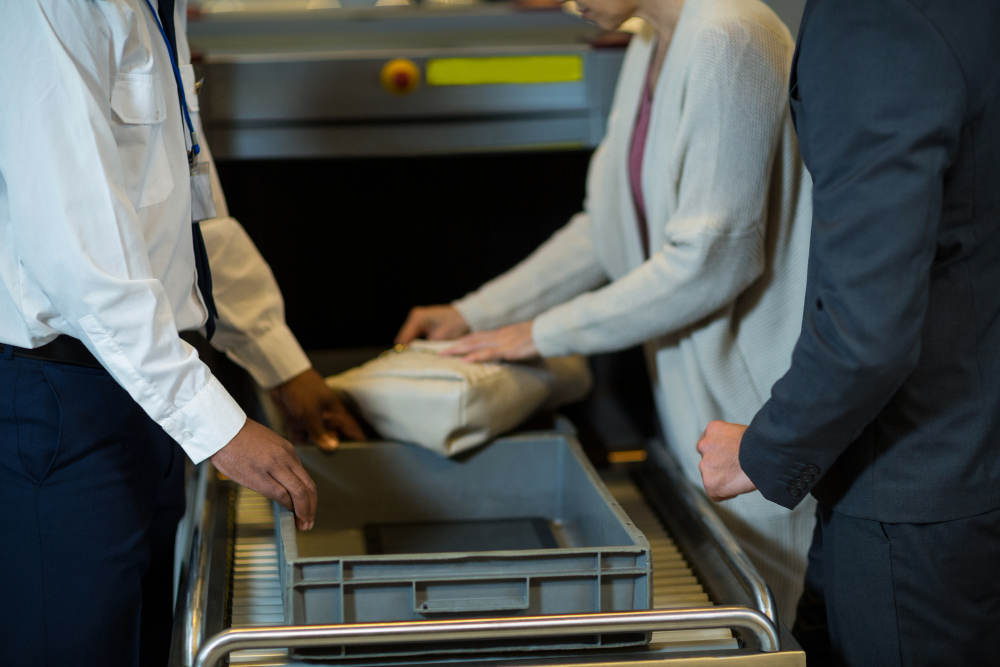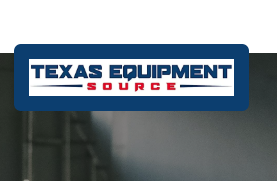Parcel Scanner Solutions: Balancing Security, Speed, and Efficiency
In a world driven by e-commerce, international shipping, and high-volume logistics, the importance of security and efficiency in parcel handling cannot be overstated. Whether at airports, customs checkpoints, courier distribution centers, or government buildings, the need to screen parcels quickly and thoroughly has become a critical requirement. This is where parcel scanner technology comes into play—offering an intelligent blend of speed, precision, and security that keeps goods flowing safely and efficiently.
The Role of Parcel Scanners in Today’s Ecosystem
A parcel scanner is a specialized security device that uses X-ray imaging and intelligent algorithms to inspect parcels for hidden or prohibited items. It provides a non-intrusive and rapid method of screening, allowing operators to view the contents of a package without opening it. With global shipping volumes increasing year by year, parcel scanners are now indispensable tools in supply chains, security checkpoints, and postal services.
From small express deliveries to large cargo shipments, parcel scanners help ensure that dangerous or illegal items—such as explosives, narcotics, and contraband—do not pass unnoticed. But beyond threat detection, they also serve another crucial purpose: maintaining the smooth flow of operations without delays.
Striking the Balance: Security Meets Speed
One of the greatest challenges in logistics and public safety is ensuring high security without compromising speed. Manual inspections are time-consuming and resource-intensive, especially when thousands of parcels pass through a facility every hour. Traditional methods of screening are no longer sufficient to match the pace of modern shipping networks.
Parcel scanner systems solve this challenge by automating the inspection process. High-resolution X-ray cameras scan each parcel in real time, while advanced imaging software highlights anomalies or potential threats. Operators can then zoom into suspicious areas, rotate images, or compare parcel content against known threat profiles—all within seconds.
This balance between thoroughness and speed makes parcel scanners ideal for environments where efficiency is just as important as security.
Inside the Technology: How Parcel Scanners Work
The core function of a parcel scanner involves directing X-rays through a parcel and capturing the resulting image on a digital sensor. Materials within the parcel absorb X-rays at different rates based on their density. This variation is captured in grayscale or color-coded images, which operators use to assess the parcel’s contents.
Advanced scanners incorporate dual-energy technology, which helps distinguish between organic, inorganic, and metallic substances. Some systems also feature automated object recognition, capable of identifying firearms, knives, explosives, batteries, and even high-value electronics.
In many cases, the parcel scanner is integrated with conveyor systems, barcode readers, and weight sensors. This seamless integration supports rapid throughput and reduces the need for manual handling, minimizing errors and operational delays.
Elevating Accuracy with AI and Machine Learning
Modern parcel scanners are more than just imaging devices—they are powered by intelligent software that constantly learns and improves. Artificial Intelligence (AI) and Machine Learning (ML) algorithms analyze scanned images to detect patterns, flag suspicious items, and reduce false alarms. These systems evolve over time, adapting to new threat signatures and helping operators make more informed decisions.
For example, if a scanner frequently detects lithium batteries in a certain packaging configuration, the AI learns to recognize this pattern. This allows the scanner to differentiate between regular electronics and items that mimic battery-like density but could be dangerous.
The result is a system that not only reacts to threats but anticipates them—raising the bar for proactive security.
Use Cases: Versatility Across Industries
Airports and Customs: At international borders and airport freight terminals, parcel scanners are crucial for identifying undeclared items, contraband, or security threats. They scan everything from courier packages to duty-free goods, ensuring that every parcel complies with regulations.
E-commerce and Logistics Warehouses: As online shopping continues to grow, so does the volume of daily shipments. Parcel scanners help e-commerce companies streamline operations by rapidly screening packages before they enter the delivery chain. This reduces the risk of banned items being shipped and speeds up the overall process.
Government and Military Facilities: Sensitive institutions often receive high volumes of incoming mail and packages. Parcel scanners act as a first line of defense, detecting potential threats like explosive devices or harmful chemicals before they reach internal departments.
Corporate Offices and Public Venues: With safety becoming a top priority in corporate environments, parcel scanners are increasingly deployed in office buildings, stadiums, and event venues. These systems ensure that delivered packages do not pose any risks to staff or attendees.
Conclusion: Parcel Scanners as an Industry Standard
As the demand for fast, safe, and reliable shipping grows, parcel scanner solutions have become a foundational component of secure logistics. They are no longer optional—they are essential. By combining robust security features with high-speed processing, these scanners protect people, assets, and data in real time.
With continuous advancements in AI, automation, and imaging technology, parcel scanners will only become more intelligent, accurate, and adaptable. In doing so, they will continue to support industries that rely on the efficient movement of goods—without ever compromising on safety.







0 Comments